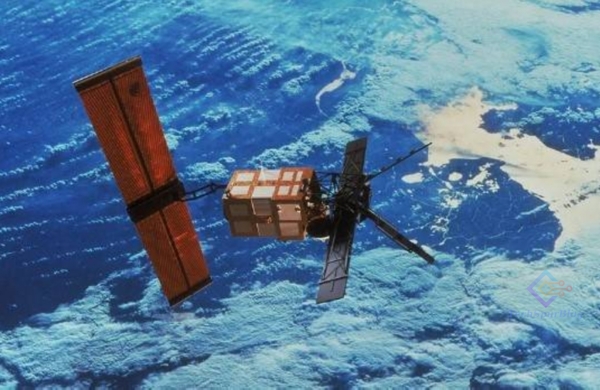In a development sparking concern among space agencies and enthusiasts worldwide, a European satellite weighing more than 2,000 kilograms is hurtling towards Earth, raising fears of an uncontrolled reentry. The satellite, named EuroSat-1, is part of a consortium of European nations’ collaborative efforts in space exploration and communication.
The European Space Agency (ESA) issued a statement today confirming that EuroSat-1, which has been in orbit for over a decade, has lost its stabilizing thrusters, rendering it unable to maintain its position. Consequently, the satellite’s orbit is rapidly decaying, bringing it closer to Earth with each passing hour.

“The situation with EuroSat-1 is indeed concerning,” stated Dr. Eva Jensen, spokesperson for the ESA. “We are actively monitoring its descent and assessing potential impacts. However, due to the nature of the satellite’s trajectory, it’s difficult to predict precisely where and when it will reenter the Earth’s atmosphere.”
EuroSat-1, launched in 2010, served a crucial role in various scientific endeavors, including climate monitoring, weather forecasting, and telecommunications. However, with the emergence of newer satellites and technological advancements, its operational relevance diminished over time.
Also Read: Starlink’s Entry into India: A Battle for Satellite Internet Dominance
Despite efforts to extend its operational lifespan, EuroSat-1 encountered technical issues, leading to its eventual decommissioning. The satellite’s descent into Earth’s atmosphere marks the final chapter of its service in space.
Concerns regarding EuroSat-1’s reentry stem from the unpredictable nature of falling debris from space. While much of the satellite is expected to burn up upon reentry, larger components may survive the fiery descent and pose a risk to populated areas.
Space agencies, including the ESA and NASA, are closely monitoring EuroSat-1’s trajectory and are prepared to provide timely updates and alerts as the situation evolves. Efforts to mitigate risks associated with falling space debris are underway, with contingency plans in place to minimize potential damage.
“The safety of individuals and property remains our utmost priority,” reassured Dr. Jensen. “We urge the public to remain vigilant and stay informed through official channels as we continue to monitor EuroSat-1’s descent.”
As EuroSat-1 approaches Earth, its fate hangs in the balance, serving as a poignant reminder of the challenges and risks inherent in humanity’s exploration of space. With international collaboration and diligent monitoring, efforts are underway to ensure a safe conclusion to EuroSat-1’s journey from the cosmos to the Earth’s surface.

Techspurblog is a blog dedicated to providing industry-leading insights, tips, tricks and tools on topics such as web design, app development, Digital Marketing, Education, Business and more. We also provide reviews of the latest tech products and services that can help you get the most out of your business.






